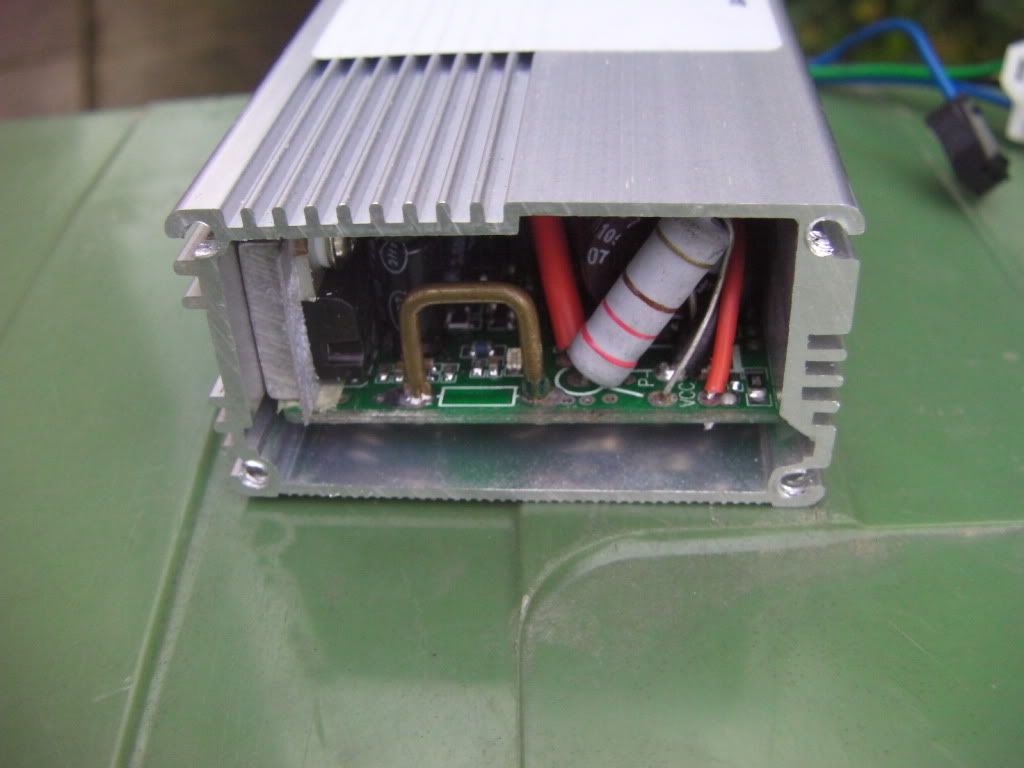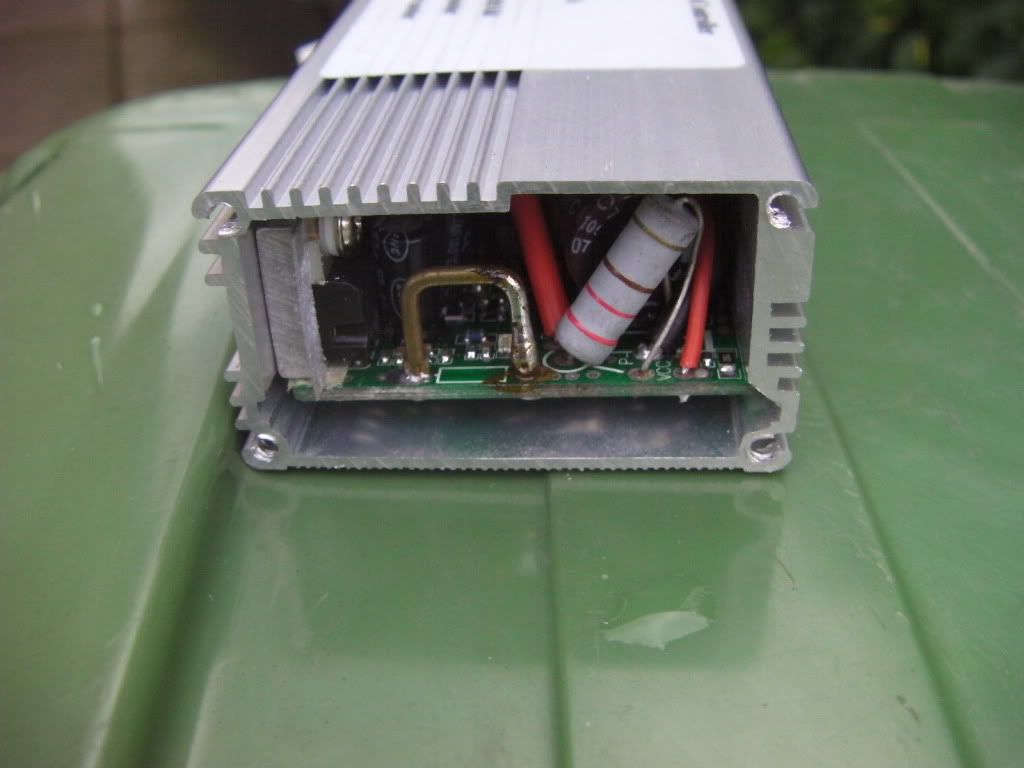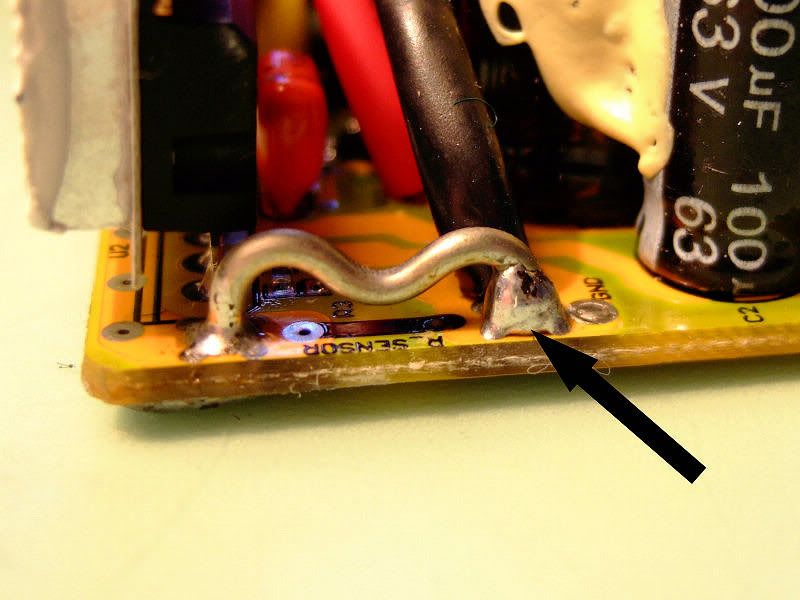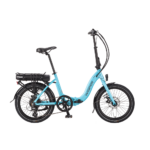Hi. I've recently bought my first e-bike through gumtree, an E Voyager Pro Rider. It was nearly new and whilst I know its a budget bike I have been very impressed with it especially as it was not expensive. I've discovered one issue this weekend which I would appreciate any advice.
This weekend I noticed on a run that when I hit a piece of flat of slightly downhill road, I would stop pedalling and expect the bike to freewheel. What happened was a few seconds after the motor cut out I felt what seemed to be considerable drag on the bike slowing it down. This didn't feel normal compared to my previous experiences and overall the bike felt harder to ride.
I wonder does this bike have some sort of battery regeneration which is causing this, reason I mention this is that I've noticed on runs where I do a fair bit of pedalling the battery indicator seems to increase to a higher level. The rear brake is also some sort of drum type so I wonder could this be a cause if it was binding.
I'm based in Northern Ireland, I wonder are there any good bike shops familiar with e-bikes over here so I could get it looked at.
This weekend I noticed on a run that when I hit a piece of flat of slightly downhill road, I would stop pedalling and expect the bike to freewheel. What happened was a few seconds after the motor cut out I felt what seemed to be considerable drag on the bike slowing it down. This didn't feel normal compared to my previous experiences and overall the bike felt harder to ride.
I wonder does this bike have some sort of battery regeneration which is causing this, reason I mention this is that I've noticed on runs where I do a fair bit of pedalling the battery indicator seems to increase to a higher level. The rear brake is also some sort of drum type so I wonder could this be a cause if it was binding.
I'm based in Northern Ireland, I wonder are there any good bike shops familiar with e-bikes over here so I could get it looked at.













